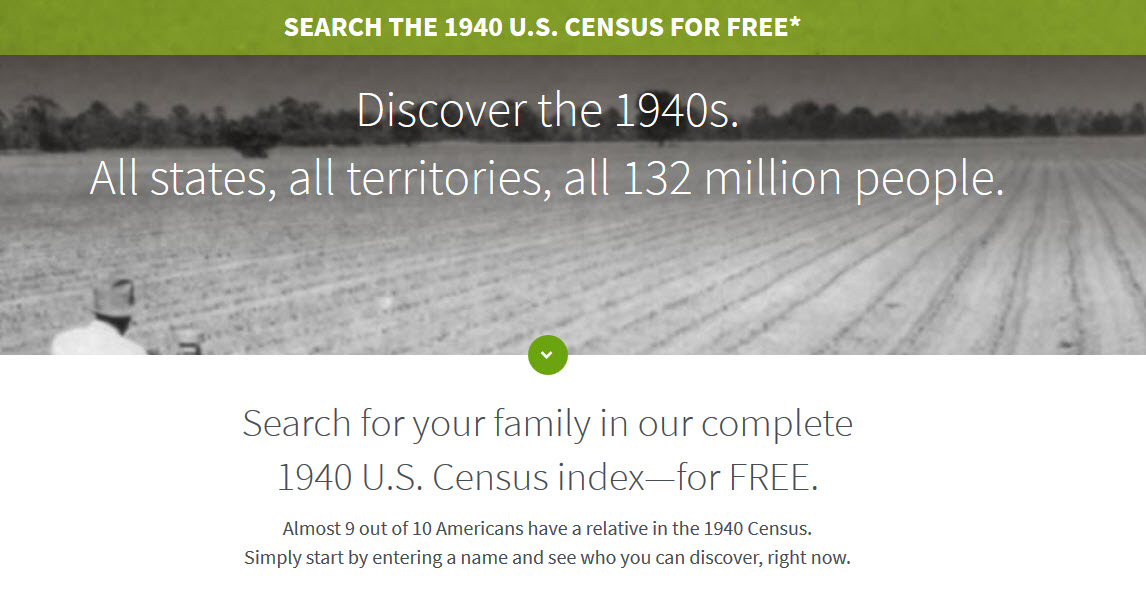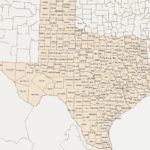FREE Ancestry 1940 Census Index Search
Family groups, pedigrees, and research logs
- Family Group Record Form – LDS – Includes LDS information.
- Electronic Family Group Record (eFGR) and related forms
- eFGR MS Word format (close Dropbox, select direct download option,open in MS Word and save editable form to personal drive. This digital form can be filled out, edited, saved and shared electronically)
- Guide to Use of eFGR – explains how to enter personal data including multiple spouses and more children, and how to cite the source of each piece of information in this electronic Family Group Record.
- Sample eFGR– shows what a completed electronic Family Group Record looks like.
- Research Log (.pdf) – Plan research, list objectives, sources used, search results, and findings.
- Electronic Research Log (opens in Microsoft Word format) – can be filled out electronically.
National Archives and Record Administration
The U.S. National Archives charts and forms webpage contains a wealth of research forms for Federal records. Forms corresponding to Federal records are useful for transcribing or abstracting information from original records.
Pedigree Charts and Family Group Sheets
Federal Census Forms
- 1790
- 1800
- 1810
- 1820
- 1830
- 1840
- 1850
- 1850 Slave Schedule
- 1860
- 1860 Slave Schedule
- 1870
- 1880
- 1885 State Census
- 1890 Veterans Schedule
- 1900
- 1900 Special Inquires Relating to Indians
- 1910
- 1910 Special Inquires Relating to Indians
- 1920
- 1930
- 1940
Nonpopulation Census Forms
Agricultural
Industrial-Manufacturers
Mortality
1880 Census Supplemental Forms: Defective, Dependent, and Delinquent Classes
- Schedule 2: Insane
- Schedule 3: Idiots
- Schedule 4: Deaf-Mutes
- Schedule 5: Blind
- Schedule 6: Homeless Children
- Schedule 7: Prisoners
- Schedule 7a: Pauper and Indigent
Immigration Forms
New York
St. Albans
Military Forms
WWI Draft Registration
WWII Draft Registration
Archives.com
Timeline Matrix – Available from a “for pay” subscription site, this expert article describes in detail how to construct your own simple timeline or timeline matrix, and provides several examples that you can use with spreadsheet software such as Microsoft Excel.
Ancestry.com
Ancestry.com is a “for pay” subscription site, however blank family history forms can be downloaded without subscribing.It is recommended that you use the icons provided by the Adobe Reader, rather than using your Internet browser’s printing option. If you use your browser’s printing option, you may experience unexpected results, such as printing a blank page or printing a distorted copy of the image.
Ancestral Chart – An ancestor chart records the ancestors from whom you directly descend–those for whom you intend to compile a complete and correct family unit. It shows at a glance the progress you have made towards this goal and what remains to be done.
Research Calendar – The research calendar gives an account of every record source you have searched and serves as a reminder of what you have already done and where you have found pertinent information.
Research Extract – Use the research extract sheets to summarize information which cannot be photocopied, for which there is no document in your possession, or for things such as deeds which may be time-consuming or difficult to reread quickly when you need information from the copy you have.
Correspondence Record – It is important to keep track of those with whom you have corresponded, the reasons for writing, and whether or not you have already received an answer.
Family Group Sheet – Each piece of information concerning a pedigree ancestor and his/her family is placed on a worksheet. Since the end result of your research efforts will be to compile complete, correct and connected families, the use of family group sheets from the beginning will make the compilation much easier.
Source Summary – It is helpful to be able to refer quickly to information you have found for a particular family and the sources of that information. Keep a separate source summary of information found for each family group.
Census Forms – Census extraction forms are doubly valuable: not only do they allow researchers to see the format and column headings for various census years (especially if the schedules themselves are hard to read), they also provide a clean and convenient method for extracting and filing important information you find.
GenealogyBank
Family Tree Template – Download a free family tree template. Insert your ancestors in the editable fields. Print, and frame.
Cyndi’s List
Cyndi’s List has links to over 150 family history forms and charts that are available on-line.
The Bailey’s Free Genealogy Forms
Family record sheet – Used to keep track of family data. It features references for each piece of information.
Pedigree chart – This is a cross from a version found in Reunion and a chart from the LDS. Its main feature is that it is simple.
Pedigree fan chart – Holds 8 generations (255 people). It is also very simple.
General family relationships chart – This is `family graph paper’. Names of family members or couples are written in boxes. Optional lines highlight the relationships. Use with generations going down, or across.
Timelines – These forms allow you to chart family history events during an arbitrary time period.
Cemetery forms – These sheets are useful for people who wish to keep track of information in graveyards or sexton’s records. The first page allows one to map a cemetery and has room for cemetery contact information, as well as room for two gravestone entries.The additional pages have smaller maps (perhaps an inset from the first page) and room for six gravestone inscriptions.
Research log sheet – This sheet is fairly standard. It keeps track of research on an individual in a particular locality.
Correspondence log sheet – Used to keep track of letters/email you’ve sent to others for information.




